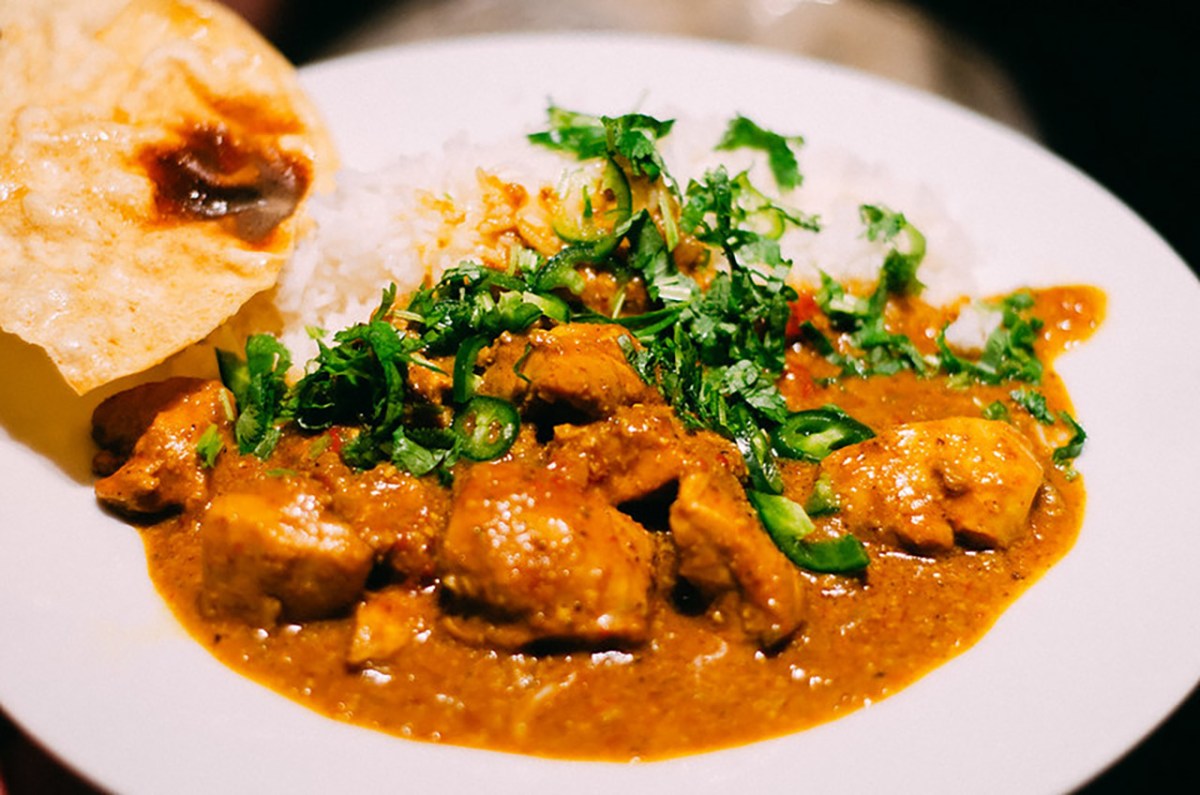Embark on a culinary adventure through the vibrant world of Indian cuisine, reimagined without soy! Discover the rich tapestry of authentic curry recipes, each bursting with a unique symphony of bold spices. From the fiery heat of South Indian curries to the aromatic depth of Northern specialties, we explore the art of creating flavorful, soy-free dishes that tantalize the taste buds and transport you to the bustling spice markets of India. Prepare to be captivated by the diverse regional variations and the secrets to achieving the perfect balance of spice and flavor.
This exploration delves into the historical significance of specific spice blends, providing step-by-step guidance for crafting these masterpieces. We’ll uncover soy-free alternatives for common ingredients, ensuring that everyone can participate in this delicious journey, regardless of dietary restrictions. Get ready to transform your kitchen into a fragrant haven, filled with the intoxicating aromas of freshly ground spices and simmering curries.
Authentic Soy-Free Indian Curry Recipes

Indian cuisine boasts a vibrant tapestry of flavors, largely woven from the intricate interplay of aromatic spices. These spice blends, passed down through generations, form the heart of countless soy-free curries, each reflecting a unique regional identity and culinary tradition. The absence of soy doesn’t diminish the intensity or complexity; rather, it allows the inherent pungency and depth of the spices to shine.
Five Authentic Soy-Free Indian Curry Recipes
The following table showcases five authentic Indian curry recipes, highlighting their key spice components and geographical origins. These recipes are naturally soy-free and represent the diversity of Indian culinary heritage.
| Curry Name | Key Spices | Region of Origin | Description |
|---|---|---|---|
| Madras Curry | Chili powder, turmeric, coriander, cumin, mustard seeds, fenugreek seeds, curry leaves | Tamil Nadu, South India | A fiery and aromatic curry, often featuring coconut milk and vegetables like potatoes and chickpeas. The vibrant red color comes from the generous use of chili powder. |
| Butter Chicken | Garam masala, ginger, garlic, turmeric, cumin, coriander, kasuri methi (dried fenugreek leaves) | Punjab, North India | Creamy and rich, this curry features tender chicken marinated in yogurt and spices, then simmered in a tomato-based sauce. The garam masala provides a warm, complex flavor. |
| Saag Paneer | Ginger, garlic, green chilies, garam masala, turmeric, cumin, coriander | Punjab, North India | A vibrant green curry featuring spinach (saag) and paneer (Indian cheese). The earthy spinach is balanced by the creamy paneer and a blend of warming spices. |
| Rogan Josh | Kashmiri chili powder, ginger, garlic, cardamom, cloves, cinnamon, black peppercorns | Kashmir, North India | A rich and aromatic lamb curry from the Himalayas, known for its deep red color from Kashmiri chilies and the complex flavor profile from the aromatic spices. The lamb is slow-cooked to tender perfection. |
| Malai Kofta | Garam masala, ginger, garlic, turmeric, cumin, coriander, fennel seeds | North India | Vegetable koftas (deep-fried vegetable balls) in a creamy cashew-based sauce. The koftas are spiced subtly, allowing the creamy sauce to take center stage. |
Variations of a Single Soy-Free Indian Curry Recipe: Chicken Tikka Masala
Chicken Tikka Masala, a beloved dish, offers a canvas for exploring diverse spice combinations. The base remains consistent—tender chicken marinated and cooked in a tomato-based sauce—but the spice profile can be dramatically altered.
Variation 1: Classic Tikka Masala: This version emphasizes a balanced blend of garam masala, ginger, garlic, and a touch of chili powder for a warm, familiar flavor. The garam masala provides a depth of flavor, blending notes of cinnamon, cardamom, cloves, and peppercorns. The ginger and garlic offer a sharp, pungent counterpoint.
Variation 2: Spicy Tikka Masala: Increasing the amount of chili powder, adding a pinch of cayenne pepper, and incorporating fresh green chilies will create a fiery version. The intensity of the heat is balanced by the richness of the tomato sauce and the creaminess that may be added.
Variation 3: Smoky Tikka Masala: To achieve a smoky profile, incorporating smoked paprika, a dash of liquid smoke, and charring the tomatoes before adding them to the sauce will enhance the flavor. The smoky notes add a new dimension of complexity to the classic dish.
Historical Significance of Spice Combinations in Traditional Soy-Free Indian Curries
The use of specific spice combinations in Indian curries isn’t arbitrary; it’s deeply rooted in history, reflecting both culinary traditions and medicinal practices. For instance, the use of turmeric, a staple in many curries, goes far beyond its coloring properties. Historically valued for its anti-inflammatory and antiseptic qualities, turmeric’s presence in curries wasn’t merely for taste but also for its health benefits. Similarly, the complex garam masala blend, with its varied spices, represents centuries of experimentation and refinement, aiming for a balance of flavors and purported health benefits. Each spice, carefully chosen and measured, contributes to the unique character of the curry, showcasing the deep connection between Indian culinary traditions and the historical understanding of the properties of different spices. The absence of soy in these traditional recipes is simply a reflection of the ingredients readily available and used for centuries in various regions of India.
From the intricate layering of spices to the artful presentation of each dish, this exploration of soy-free Indian curries has revealed a world of culinary possibilities. The journey through regional variations, the mastery of spice blends, and the understanding of soy-free substitutions have empowered you to create authentic, flavorful, and visually stunning curries. Whether you’re a seasoned cook or a culinary novice, the vibrant flavors and aromatic depths of these recipes are sure to leave a lasting impression, inviting you to return again and again to explore the endless possibilities of this captivating cuisine. So, gather your spices, embrace the bold flavors, and prepare to embark on your own delicious Indian culinary adventure.
FAQ Compilation
Can I adjust the spice level in these recipes?
Absolutely! The recipes provide guidance on adjusting spice levels to suit individual preferences. Start with less spice and gradually add more to your liking.
How long do these curries keep in the refrigerator?
Soy-free Indian curries generally keep well in the refrigerator for 3-4 days. Ensure they are properly stored in airtight containers.
Are these recipes suitable for freezing?
Yes, many of these curries freeze well. Allow them to cool completely before freezing in airtight containers for up to 2-3 months.
What are some good side dishes to serve with soy-free Indian curries?
Naan bread, rice (basmati or brown), roti, and various vegetable dishes are excellent accompaniments.


